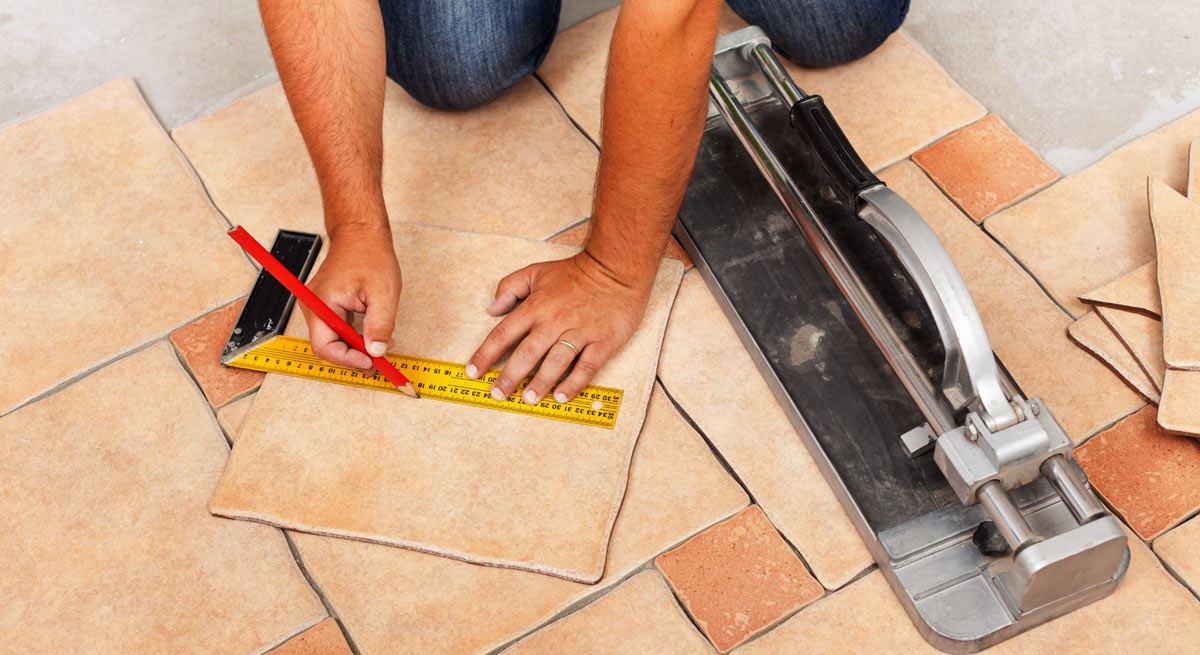Experience Excellence: Premier Tile Installation Austin Solutions
Experience Excellence: Premier Tile Installation Austin Solutions
Blog Article
Discover the Tricks to Perfect Tile Installment Each Time
Grasping the art of floor tile setup involves a collection of accurate steps and strategies that, when performed appropriately, can result in a polished and seamless coating. By understanding the tricks behind each action, you can guarantee that your floor tile installment not just satisfies yet exceeds your expectations.
Correct Surface Preparation
Reliable tile setup pivots considerably on careful surface area preparation to make sure a remarkable outcome. Before laying tiles, it is necessary to evaluate the substratum's problem thoroughly. The surface area needs to be tidy, dry, and structurally sound to avoid future problems such as loosened floor tiles or cracked grout. Any type of existing floor covering product, adhesives, or sealers should be eliminated to produce a consistent base for the brand-new floor tiles.
To ensure appropriate bond, it is suggested to roughen smooth surface areas with sanding or scarifying. Furthermore, applying a guide can improve bonding between the ceramic tile and the substratum adhesive. Irregular surface areas must be leveled making use of a self-leveling substance to avoid lippage and guarantee a smooth surface.
In addition, examining for prospective sources of moisture is important, as excess dampness can cause mold and mildew growth and damage the ceramic tiles over time. Using a dampness obstacle or waterproofing membrane in damp locations like kitchens or bathrooms is necessary to safeguard the tiles from water damages. By meticulously preparing the surface before ceramic tile setup, one can create a resilient and visually attractive tiled location that will stand the examination of time.

Picking the Right Adhesive
Choosing the ideal adhesive is an important action in making sure the successful installment of tiles. The type of adhesive you pick will depend on numerous elements such as the sort of floor tile, the substratum material, and the area of the installment. There are different kinds of adhesives readily available out there, including thin-set mortar, mastic, and epoxy.

Epoxy adhesives are water-resistant and exceptionally sturdy, making them suitable for areas susceptible to moisture such as restrooms or kitchens. They are additionally suitable for mounting glass or metal floor tiles. When selecting a glue, make certain to follow the supplier's suggestions and consider the certain requirements of your floor tile installment job.
Accuracy Cutting Strategies
Using accurate reducing methods is necessary for accomplishing precise and smooth ceramic tile setups. Among one of the most typical tools made use of for precision cutting in floor tile installation is the tile cutter. Tile cutters can be found in numerous types, including hand-operated floor tile cutters, electric wet saws, and handheld ceramic tile cutters. Hand-operated tile cutters appropriate for straight cuts on ceramic and porcelain floor tiles, providing tidy and exact edges. Electric wet saws, on the other hand, are optimal for reducing this hyperlink harder materials like stone and thicker ceramic tiles with accuracy and convenience. Handheld tile cutters use transportability and benefit for smaller sized reducing tasks or elaborate cuts.
Additionally, using a tile nipper enables in-depth cuts and forming around obstacles or irregular shapes. Damp floor tile saws equipped with ruby blades are superb for making rounded cuts, cutouts for fixtures, or detailed layouts. Additionally, using devices like tile scribes or glass cutters can assist in racking up and breaking floor tiles with accuracy. By grasping these precision reducing methods, tile installers can ensure a specialist coating and a visually appealing outcome in their ceramic tile projects.

Grout Application Tips
When transitioning from accuracy cutting strategies to grout application in tile installment, interest to detail and strategy is critical for attaining a perfect finish. Cement serves not just as a practical element that click to find out more loads the gaps in between tiles yet likewise plays a substantial duty in the general aesthetic of the setup.
Once the grout is used, utilize a wet sponge to clean the floor tiles, making certain not to get rid of cement from the joints. Complying with these grout application suggestions will certainly result in a professionally installed ceramic tile surface area that boosts the charm of any type of area.
Finishing Touches and Maintenance
To finish the floor tile installation project efficiently, attention to detail during the ending up touches and normal maintenance is vital. After the cement has actually dried out and the floor tiles are securely in area, the last steps include making certain that all edges are correctly sealed.
Routine upkeep is crucial to maintaining the elegance and capability of your tiled surfaces. An easy routine of sweeping or vacuuming followed by wiping with a mild cleaner can help maintain your ceramic tiles looking excellent (tile installation austin). For areas that are often exposed to dampness, such as cooking areas or shower rooms, regular resealing of cement lines is recommended to stop mold and mold growth
Conclusion
To conclude, attaining ideal other ceramic tile installment each time requires attention to information and proper methods. By concentrating on surface preparation, choosing the correct adhesive, utilizing precision cutting approaches, using grout thoroughly, and completed with focus to information, you can make sure a professional-looking outcome. Keep in mind to follow these steps and maintain your floor tiles regularly to extend their lifespan and maintain them looking their ideal.
One of the most common tools used for precision cutting in floor tile setup is the ceramic tile cutter. Tile cutters come in various types, including manual tile cutters, electric damp saws, and handheld ceramic tile cutters. Manual tile cutters are ideal for straight cuts on ceramic and porcelain ceramic tiles, providing clean and exact sides. Additionally, making use of tools like tile scribes or glass cutters can help in scoring and breaking floor tiles with accuracy. By grasping these accuracy cutting methods, ceramic tile installers can make sure a specialist surface and a visually appealing outcome in their tile projects.
Report this page